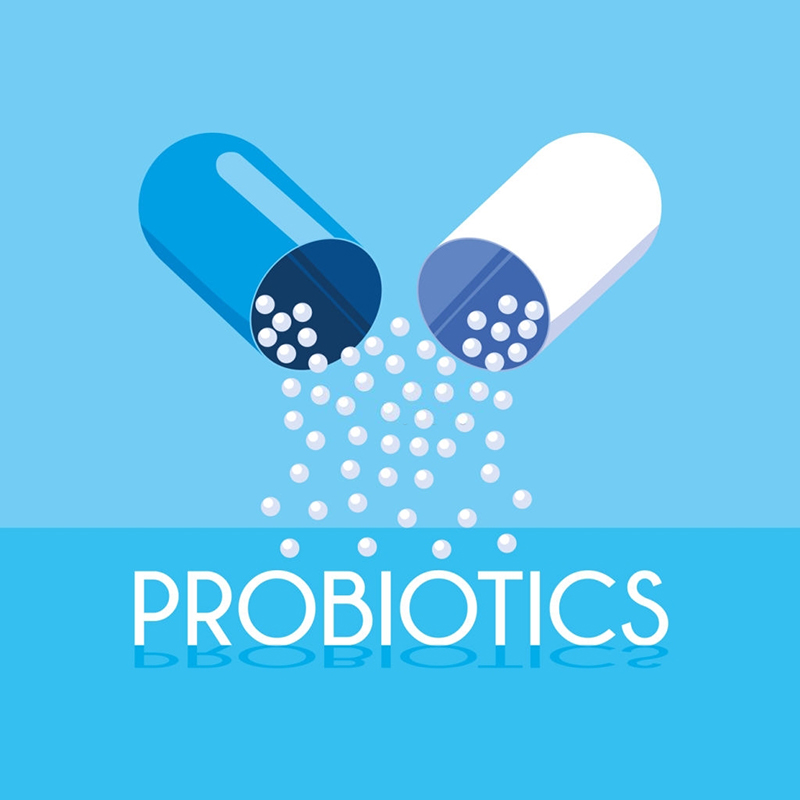Embracing Diversity: Exploring the World of Probiotic Strains and Their Unique Health Benefits
Probiotics have gained significant popularity in recent years due to their potential health benefits. These live microorganisms, when consumed in adequate amounts, can provide various advantages to our overall well-being. But did you know that not all probiotic strains are created equal? Each strain offers unique properties and health benefits, demonstrating the importance of embracing diversity in the world of probiotics.
The Basics of Probiotics
Probiotics are beneficial bacteria and yeasts that reside in our gut and play a crucial role in maintaining a healthy digestive system. They help break down food, promote nutrient absorption, and support a balanced immune response. While our bodies naturally contain probiotic microorganisms, our modern lifestyles, processed foods, and antibiotic use can deplete their numbers. That’s where probiotic supplements, fermented foods, and cultured dairy products come into play.
The Power of Probiotic Strains
Probiotics come in various strains, and each strain offers different health benefits. Let’s explore some popular strains and the unique advantages they provide:
Lactobacillus acidophilus
This strain is often found in yogurt and other fermented foods. Lactobacillus acidophilus helps maintain a balanced gut microbiota by producing lactic acid, which creates an unfavorable environment for harmful bacteria. It supports digestive health, aids in lactose digestion, and may even help alleviate symptoms of lactose intolerance.
Bifidobacterium longum
Bifidobacterium longum is a common resident of our gut and helps promote overall gut health. It aids in digestion, supports a healthy immune system, and may even help improve symptoms of irritable bowel syndrome (IBS). This strain is often found in fermented foods like sauerkraut and kimchi.
Lactobacillus rhamnosus
Lactobacillus rhamnosus is known for its ability to support the health of the urinary and genital systems. It may help prevent urinary tract infections and maintain a healthy vaginal flora. This strain can be found in certain probiotic supplements and yogurt.
Saccharomyces boulardii
Saccharomyces boulardii is a probiotic yeast strain that can help restore natural gut flora disrupted by antibiotics or digestive disorders. It has been extensively studied for its ability to prevent and treat diarrhea, including antibiotic-associated diarrhea and traveler’s diarrhea.
Choosing the Right Probiotic Supplements
When selecting a probiotic supplement, it’s important to consider the specific strains included and their intended benefits. Some supplements may contain a mixture of strains targeting general gut health, while others are formulated to address specific health concerns.
Always check the label for the strain names and the number of colony-forming units (CFUs) to ensure you’re getting an adequate dose. The CFUs indicate the number of viable probiotic cells in each serving. Look for supplements that provide at least 1 billion CFUs per serving to ensure effectiveness.
Additionally, consider the storage and handling instructions for the supplement to ensure the viability of the probiotics. Some strains are more sensitive to temperature and may require refrigeration or other specific storage conditions.
Diversify Your Probiotic Intake
While probiotic supplements are a convenient way to introduce beneficial bacteria into your system, don’t forget about the natural sources. Incorporating fermented foods like yogurt, kefir, sauerkraut, kimchi, and kombucha into your diet can provide a diverse range of probiotic strains.
It’s important to embrace diversity when it comes to your probiotic intake. Different strains offer different benefits, and by incorporating a variety of sources, you increase the likelihood of reaping the full spectrum of advantages that probiotics have to offer.
Conclusion
Probiotics are a fascinating field of study with numerous health benefits. Remember to choose your probiotic supplements wisely, considering the specific strains and CFU counts. Don’t be afraid to explore different sources of probiotics







